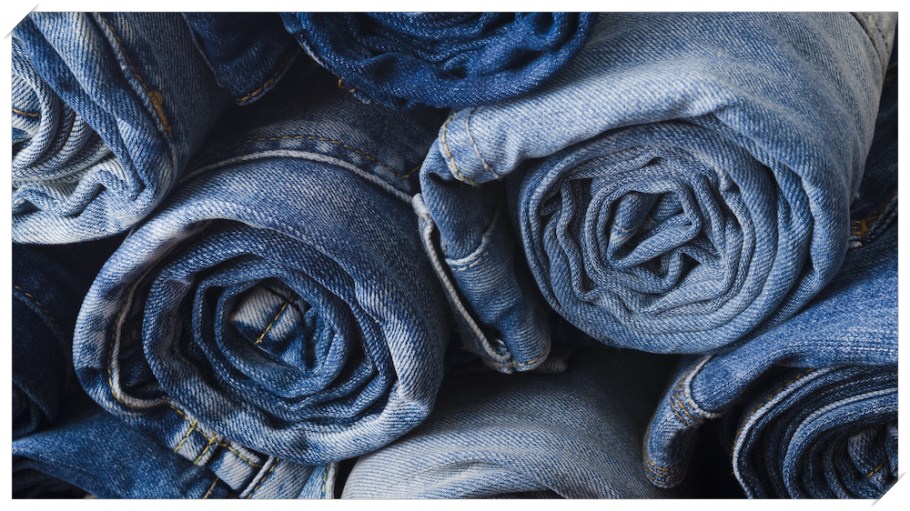
As the denim industry shifts to become more sustainable, technicians are making strides in developing safer dyeing solutions. One of the latest innovations comes from researchers at the University of Georgia, who recently discovered a process for dyeing denim that rids it of harmful chemicals while simultaneously boosting efficiency.
The research was published in the Green Chemistry Journal, and is a part of the Ph.D. study of Smriti Rai, a doctoral candidate in the university’s department of textiles, merchandising and interiors.
Though conventional denim dyeing methods involve reducing indigo with toxic chemicals prior to dyeing, the new process completely eliminates the use of harmful chemicals by mixing it with nanocellulose fibrils wood pulpand depositing it on the surface of the textile. It essentially “glues” the color in place, making multiple coats and excessive water usage unnecessary.
Though indigo gives denim its signature blue hue, it considered to be one of the industry’s biggest sources of pollution. Biotech startup Huue found that indigo manufacturing produces more than 1.4 million metric tons of CO2 and utilizes toxic chemicals like benzene, formaldehyde and sodamide, which can be harmful to the environment and people.
This research, however, is one of several examples of ways the indigo supply chain might have a greener future.
Other sustainable dye improvements include using lab-grown bacteria to create an indigo dye void of chemicals a concept used by Huue.
